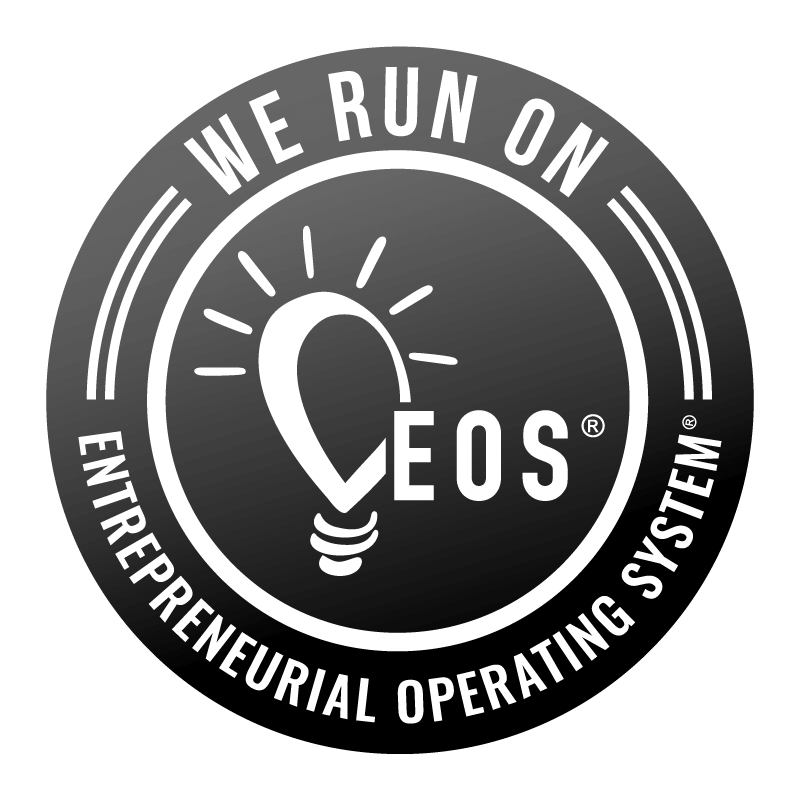What companies say is just as important as how they look.
In 1976, two college dropouts started a computer company out of one of their childhood homes in Los Altos, California. In true startup fashion, the garage was used to assemble the company’s first products. Their first computer sold for $666.66 per unit, and they built about 200. Their second computer went on to sell over six million units. Over the years, the company diversified and got into portable music players, mobile phones, watches, streaming media devices, and tablet PCs. In 2007, they dropped the “computer” from their name.
If you haven’t guessed it by now, those co-founders were Steve Jobs and Steve Wozniak and the company that I’m talking about is, of course, Apple.
In 2018, Apple became the first publicly-traded company in the United States to reach a $1 trillion market cap. Two years later, they doubled that valuation to become the first with a $2 trillion market cap.
Apple has built a multitrillion-dollar company on the strength of its brand voice to create a legion of raving fans. They are a prime example of how the best brands are made up of two equally important halves – the visual and nonvisual brands.
Visual Brand
The modern word “Brand” comes from the word “Brandr,” a word from Ancient Norse meaning “to burn.” By the 1500s, the meaning had changed to refer to a mark burned on cattle to show ownership. In 1870, it became possible to register a trademark to prevent competitors from creating confusingly similar products.
The visual part of a brand is all of the things that are seen that are associated with a company. Logos, colors, typography, and images fall into this category. Exceptional visual brands help companies stand out from the crowd. They represent everything from quality to speed to reliability. A good visual brand is memorable. Done right, it fosters brand loyalty.
Most business leaders understand they need things like a logo to run a successful business. The level of importance varies by industry and company size. Companies spend thousands, even millions of dollars building a strong visual identity, but that’s only one side of the coin. The other part is just as much, if not more, valuable.
Nonvisual Brand
Amazon’s Jeff Bezos famously said, “Your brand is what people say about you when you’re not in the room.”
A brand is traditionally defined as the marketing practice of creating a name, symbol, or design that identifies and differentiates a product from other products.
A brand, in fact, is much more. It’s the sum of the visual and non-visual aspects that collectively give individuals a reason to believe in an organization, buy its products, and dedicate their careers to fulfilling its mission.
The brand is both internal and external as well. As Bezos says, it’s what people “say.” So, let’s talk about crafting that voice.
Voice
Brand voice is the personality a brand takes on when communicating to the world. Great brands are not only seen but are also felt. That’s why it’s important for brands to control the narrative. The most common elements of a brand’s voice are a brand story, brand promise, UVP, elevator pitch, buyer personas, and a tagline.
- A brand story is a narrative that encompasses the facts and feelings that are created by your brand. Think of it as a one-page version of a vision.
- A brand promise summarizes your commitment to what one can expect when working with your company.
- A unique value proposal (UVP) is a short, clear statement that describes what distinguishes you from the competition.
- An elevator pitch is meant to give everyone on your team a consistent way to quickly share your story and services. More casual and conversational in tone, it should be short, 20 seconds or so, plus any other conversation to keep the discussion going.
- Buyer personas are fictional representations of your ideal customers based on data and research. To compel customers to buy your products, you must first understand who they are and what motivates them.
- A tagline is a short phrase that portrays a brand messaging in an easily digestible way. Nike’s “Just Do It” is a popular example. Apple’s “Think Different” is another.
Bringing It All Together
A well-documented brand is essential to growing a business. Once everything is down in writing, package it up into a voice guide (a brand messaging document) and roll it out to the company with some fanfare. Just like the house that is built on a weak foundation, a brand built on shoddy ground will show cracks over time. A properly-built brand will pay dividends for years to come – even if it starts in a buddy’s garage.










